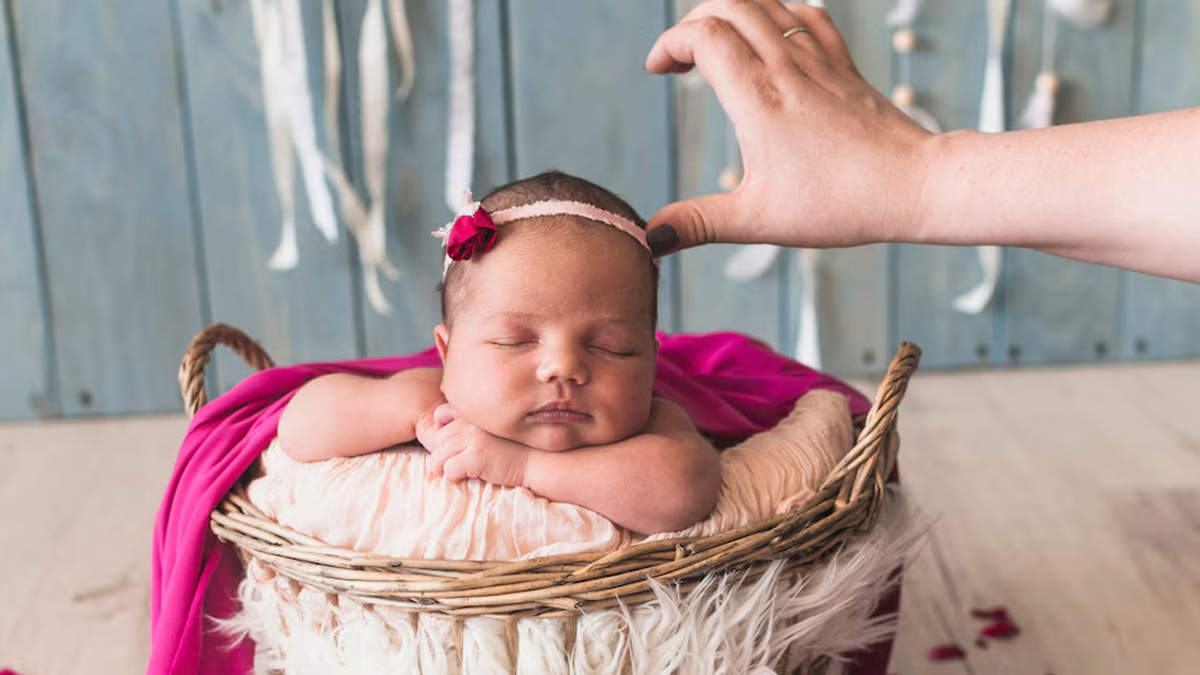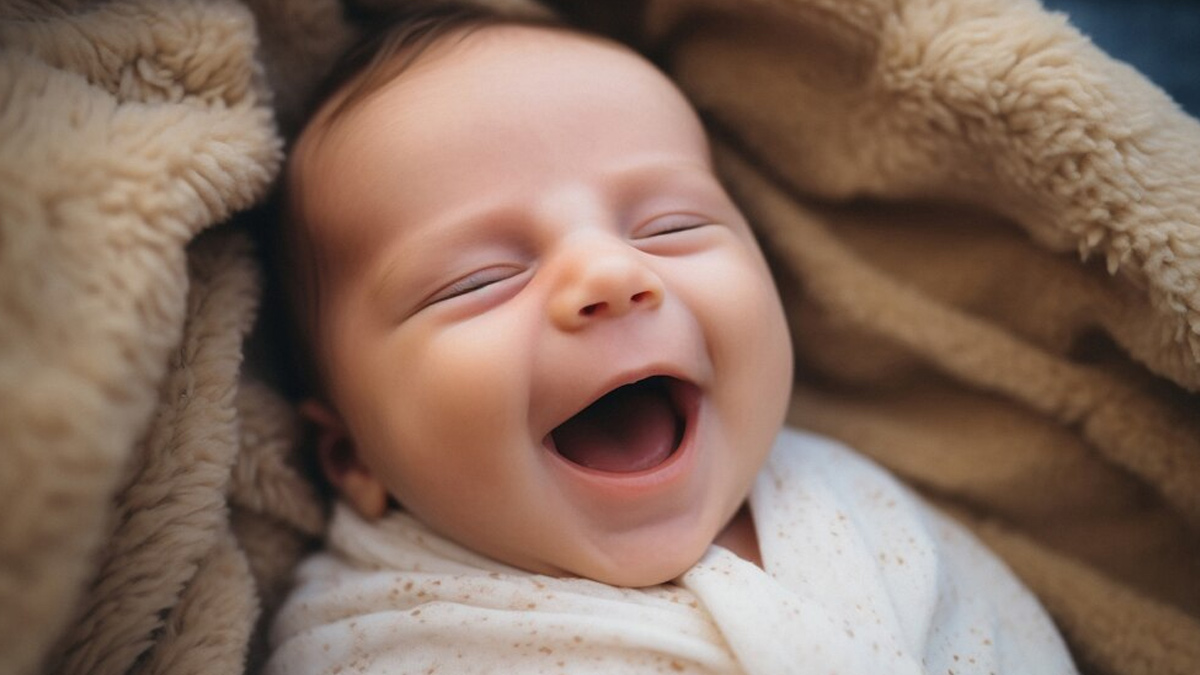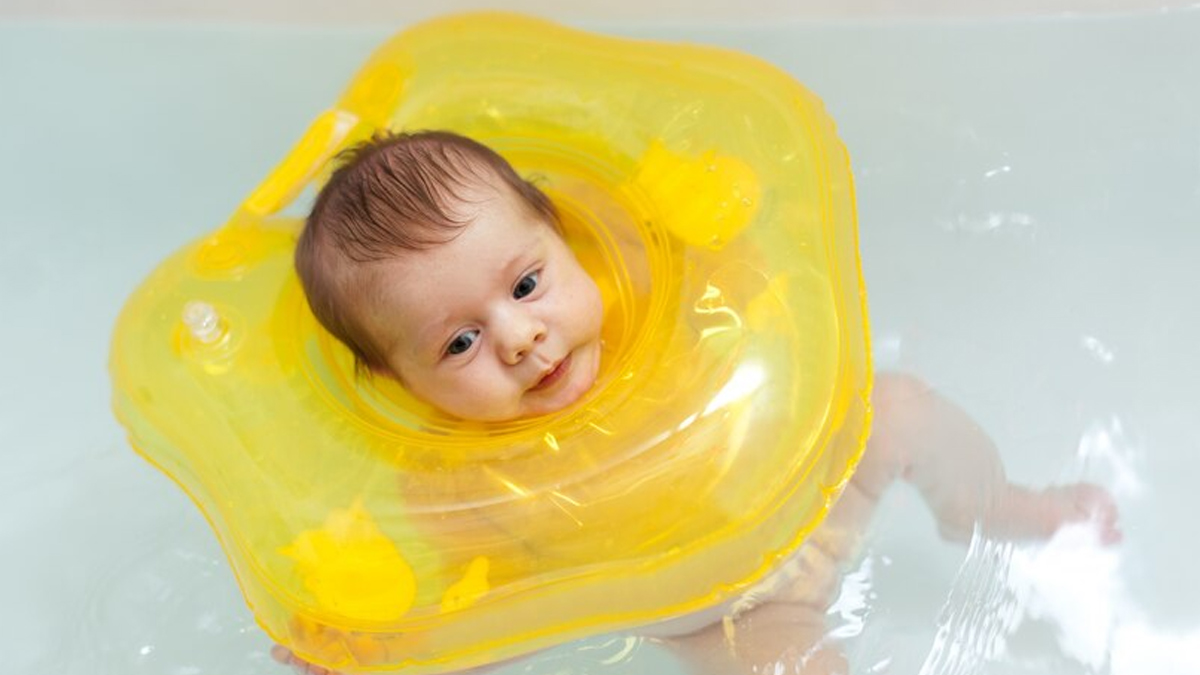-1733462908768.webp)
In this digital age, Dhruv Rathee has become a name synonymous with information and knowledge. While his fan base remains strong, he is not without his critics, especially when it comes to his political views. However, beyond his profession, the 30-year-old is also a family man. Recently, Rathee announced the birth of his first child, a baby boy, with his German wife, Julie Lbr-Rathee. Despite his busy schedule, he seems to be embracing parenthood, juggling parental duties, and continuing to create engaging content.
Table of Content:-
Given that he recently became a parent, it wasn't a surprise to many when he shared informative content on newborns in general. In one of his recent Instagram reels, the YouTuber, cradling his newborn in his arms, shared some fascinating and "unbelievable" facts about newborns. Here’s a closer look at what he shared and what our experts had to say.
Also Read: Baby Health: Side Effects Of Wearing The Same Diaper For Long In Infants
Fact 1: Newborns Only See Black And White And Their Vision Is Blurry

“Friends, did you know that when babies are born, they only see black and white colours? The first colour they see is red after a few weeks. And it is only at the age of six months that they see normal colours, which are seen by adult humans,” Rathee said in the video.
“Secondly, their vision is very blurry in the beginning. In the beginning, they can only see 20-30 cm away,” he continued.
Speaking with the OnlyMyHealth team, Dr Aditi Sapovadia, Paediatric Ophthalmologist, Squint and Cataract Consultant at Netradeep Maxivision Eye Hospital, Rajkot, said, "It is true that newborns can only see in black, white, and shades of grey at birth because their colour vision is not fully developed.”
She explained that the cone cells in their retina, responsible for detecting colours, are immature at this stage. Red is often the first colour they begin to recognise, as the cones for longer wavelengths (like red) tend to develop earlier. This development allows them to start distinguishing more vivid colours over the next few months.
Fact 2: Newborns Can’t Shed Tears For The First 2-3 Months Of Life
In the video, Rathee shared that as soon as babies are born, they do cry but have no tears to shed.
View this post on Instagram
According to Sapovadia, it typically takes 2-3 months for a newborn's tear ducts to fully develop. During this time, they may cry without producing visible tears, as their lacrimal glands are not yet fully functional.
She added that the absence of tears in the early months has no adverse effects on their emotional or physical health. Crying at this stage is primarily a reflex to communicate needs, and tear production gradually becomes more evident as the ducts mature.
Fact 3: Their Laughter Is Not Conscious

Just like their cry, babies’ laughter, especially in their sleep, is a natural reflex. “For almost 2 months, the babies can't even laugh consciously,” said Dhruv Rathee.
In another expert interaction, Dr Gaurav Jain, Senior Consultant- Neonatology and Paediatrics, Aakash Healthcare, New Delhi, explained that newborns often smile in their sleep due to reflexive muscle movements, a normal part of nervous system development. During Rapid Eye Movement (REM) sleep, when brain activity is high, signals may trigger facial twitches that resemble smiles, he shared, adding that these early "smiles" are not emotional but are linked to neurological growth as babies' brains develop and practise facial movements.
These early smiles during sleep are different from social smiles that usually emerge around 6-8 weeks of age, when babies begin to smile in response to interactions with caregivers.
Also Read: What’s Best For Your Baby: Breastfeeding Or Formula Feeding?
Fact 4: Newborns Have A Natural Reflex That Can Help Them Swim

While there aren’t a lot of things babies can do, as their bodies are not fully developed, they have the natural reflex to swim, as per Rathee, who said, “If you put them in water, they will start swimming. If you dip them in water, they naturally hold their breath. But this reflex lasts only for 6 months.”
“After that, after 2-3 years, they have to learn to swim again if they want to swim. However, I would not recommend that you test this out. This can be a bit risky,” he added.
Referring to these reflexes as the baby’s natural survival instincts, Dr Jain elaborated, “When held in a horizontal position in water, babies often move their arms and legs in a swimming-like motion. The baby will instinctively start making paddling motions with their arms and legs, which may look like swimming. This is not voluntary swimming but an involuntary response to being in water.”
As far as the baby’s breath-holding capabilities are concerned, the doctor shared that they have a strong gag reflex to protect their airways. This is particularly useful in water to help prevent drowning, as it makes them automatically cough or choke if water enters their throat or mouth.
NOTE: Testing the swimming reflex can be extremely risky and should NOT be attempted at all, especially without expert supervision.
Conclusion
Becoming new parents or caring for a newborn can feel overwhelming, and while we might think we know enough, there’s always more to learn. While some facts are known, many still remain to be uncovered but are equally important. To ensure your baby’s health and well-being, it’s always best to stay informed and connected with a trusted healthcare provider or paediatrician. After all, expert guidance is invaluable in navigating the joys and challenges of parenthood.
Also watch this video
How we keep this article up to date:
We work with experts and keep a close eye on the latest in health and wellness. Whenever there is a new research or helpful information, we update our articles with accurate and useful advice.
Current Version